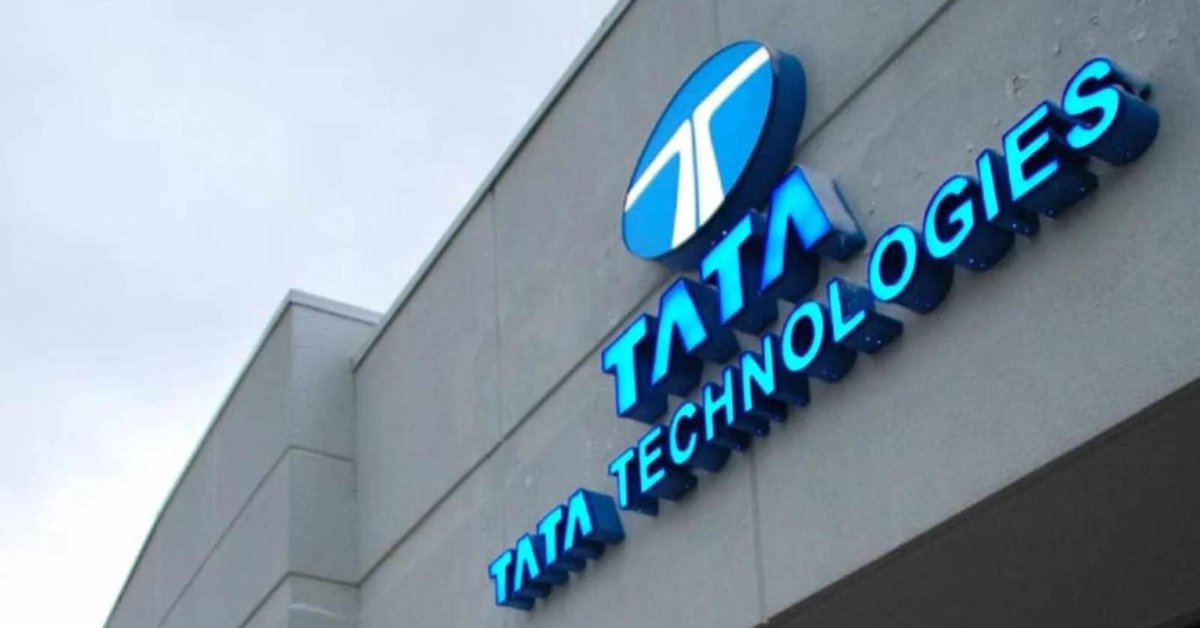Shares of Tata Technologies Ltd. experienced a slight decline, closing 1.01% lower at Rs 989.45 per share on Friday. This dip follows the company’s announcement of significant developments affecting its operations and financial performance. As Tata Technologies navigates these challenges, it remains optimistic about future growth prospects despite recent setbacks.
Project Termination in Chhattisgarh
Closure of Major ITI Project
On Saturday, Tata Technologies Ltd. disclosed in a regulatory filing that the state government of Chhattisgarh has officially terminated a significant project. The project, which involved the development of 36 government Industrial Training Institutes (ITIs), was valued at a substantial Rs 1188.36 crore. Tata Technologies had initially signed a Memorandum of Agreement (MoA) on July 23, 2023, to act as the lead industry partner in upgrading these ITIs into Centers of Excellence (CoE).
Company’s Response and Actions
In response to the termination, Tata Technologies has formally accepted the closure of the MoA. The company has initiated steps to refund the escrow amount associated with the project. This development marks a notable shift in the company’s project portfolio and financial obligations.
Financial Performance Overview
Decline in Profit After Tax
The company’s financial performance for the June 2024 quarter has also faced a setback. Tata Technologies reported a 15.4% decline in consolidated profit after tax, which stood at ₹162.03 crore compared to ₹191.53 crore in the same quarter of the previous fiscal year. This decline was attributed to increased expenses that have impacted the company’s profitability.
Revenue and Expense Dynamics
Despite the profit decline, Tata Technologies saw a modest increase in consolidated revenue from operations. The first quarter revenue was ₹1,268.97 crore, up from ₹1,257.53 crore in the previous year. However, total expenses also rose, reaching ₹1,072.33 crore compared to ₹1,035.42 crore in the same period a year ago. The higher expenses reflect ongoing investment and operational costs that have affected the company’s bottom line.
CEO’s Outlook and Future Prospects
Positive Market Conditions
Tata Technologies’ CEO and Managing Director, Warren Harris, remains optimistic about the company’s future. In his statement, Harris highlighted the favorable market conditions, particularly within the manufacturing sector. The ongoing investments in alternative propulsion systems, software-defined products, services, and smart manufacturing are seen as positive drivers for the industry.
Growth Expectations
Harris expressed confidence in the company’s ability to achieve sequential revenue growth in its services business starting from the current quarter. He attributed this optimism to the company’s robust order book, continued positive momentum within anchor accounts, and anticipated industry tailwinds in automotive, aerospace, and industrial heavy machinery sectors.
Implications and Strategic Adjustments
Impact of Project Termination
The termination of the Chhattisgarh project poses challenges for Tata Technologies, including the need to manage the financial implications and adjust strategic plans. The company must navigate the impact of this project closure on its overall operations and explore new opportunities to offset the loss.
Strategic Focus Moving Forward
Looking ahead, Tata Technologies will likely focus on leveraging its strengths in core areas such as automotive, aerospace, and industrial machinery. The company’s strategic adjustments will be crucial in maintaining its competitive edge and achieving growth despite the recent setbacks.
Navigating Challenges with Optimism
Tata Technologies Ltd. faces a period of transition as it contends with project terminations and a decline in profitability. However, the company remains optimistic about its prospects, supported by a positive outlook on market conditions and growth opportunities in key sectors. As Tata Technologies adjusts its strategies and manages its financial implications, stakeholders will be watching closely to see how the company adapts and capitalizes on future growth opportunities.






